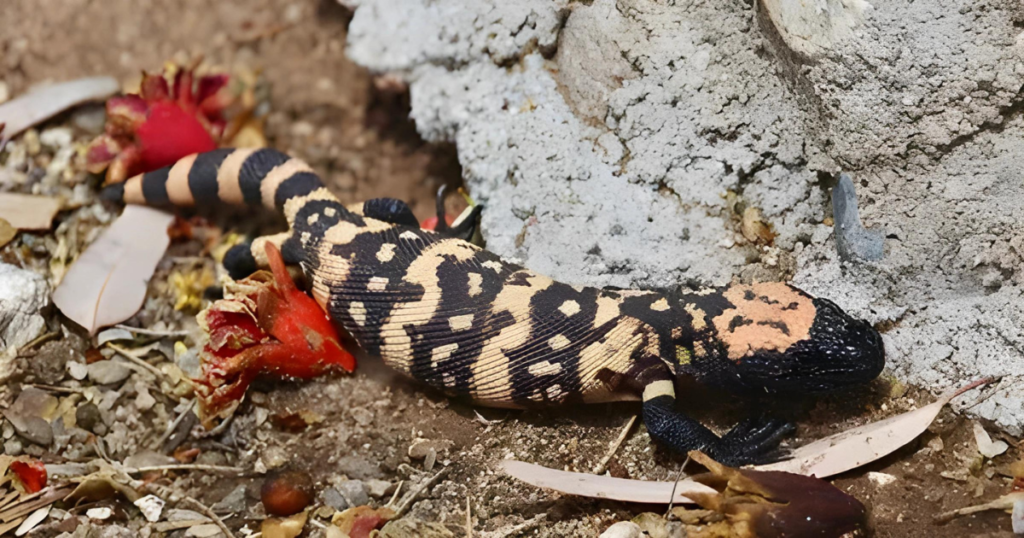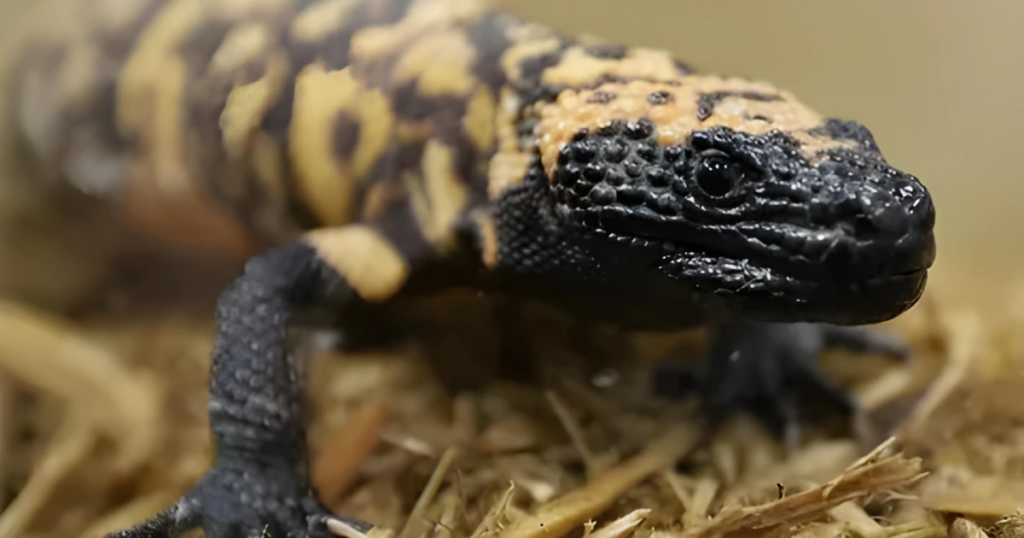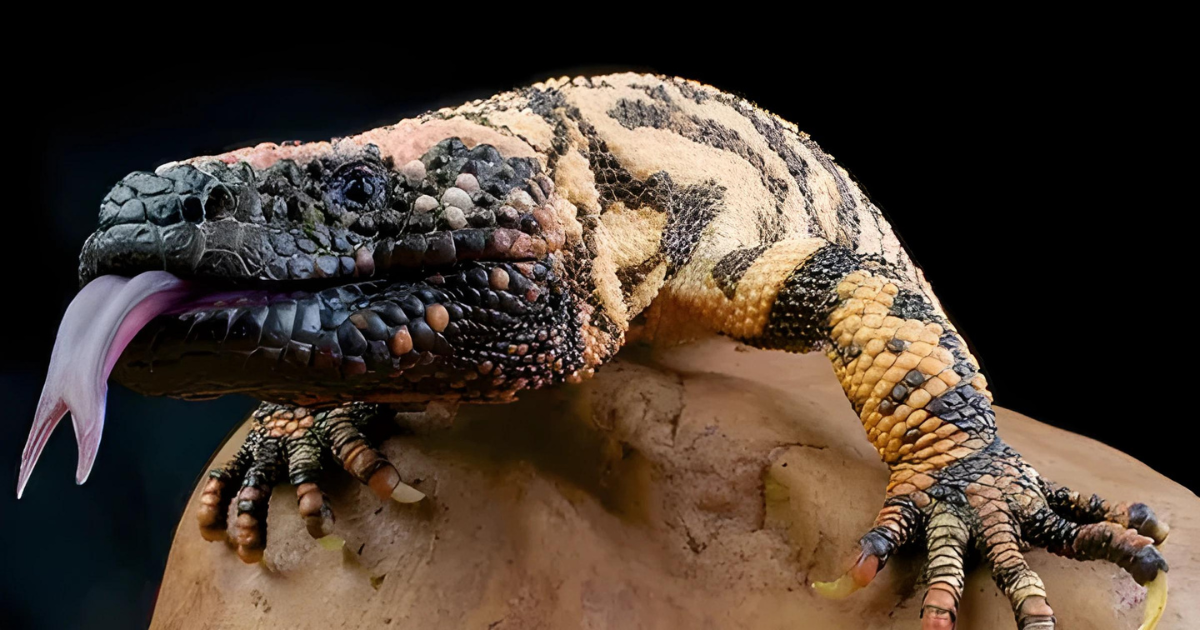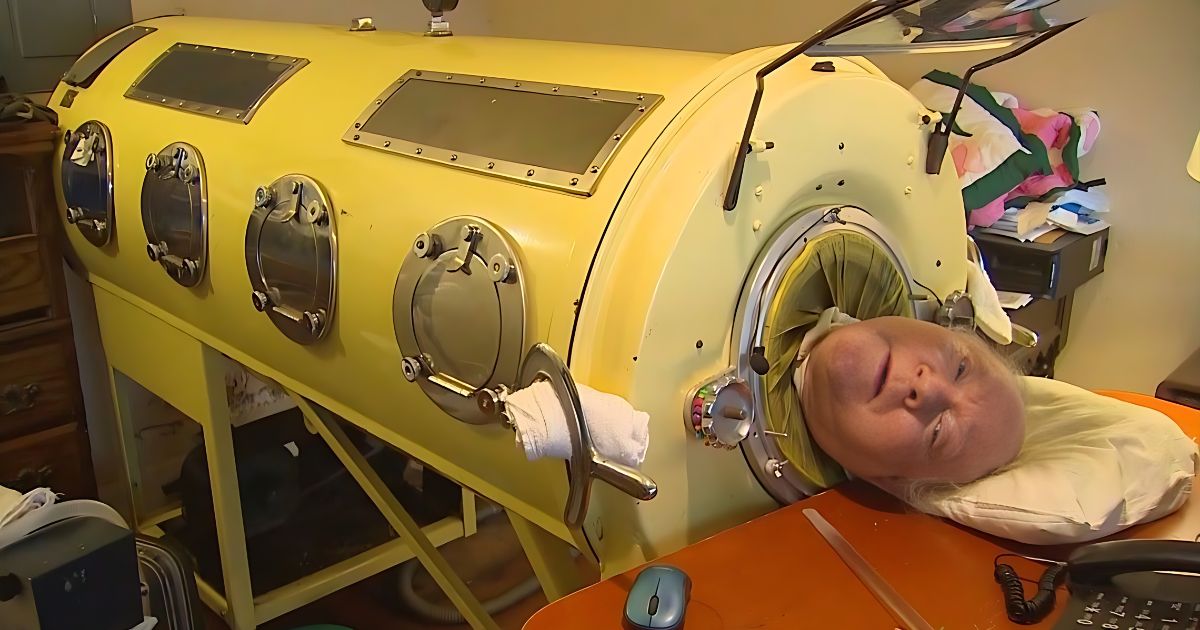Introduction
The Gila monster is one of only two venomous lizards native to the United States. While Gila monster bites are rare, they can have serious effects that require immediate medical treatment. This article from Digital News Planet provides a comprehensive overview of Gila monster bites, including symptoms, treatment, effects, and whether a Gila monster’s bite can be fatal to humans.
What is a Gila Monster?
The Gila monster (Heloderma suspectum) is a species of venomous lizard native to the southwestern United States and northwestern Mexican state of Sonora. Growing up to 2 feet long, the stocky Gila monster has black and pink blotched or banded bead-like skin.
Gila monsters spend 90% of their lives underground in burrows or rock crevices, emerging infrequently to mate and feed. Though slow-moving, Gila monsters have extremely powerful jaws and a tenacious, painful bite.
Gila Monster Bite Effects
A Gila monster’s potent bite injects venom through grooves in its bottom teeth. Gila monster venom contains a mix of toxins including hyaluronidase, serotonin, phospholipase A2, and several kallikrein-like glycoproteins.
The venom works to quickly immobilize prey but can have the following notable effects in humans:
- Intense pain – Gila monster bites cause instant, excruciating pain. The venom stimulates nerve endings and causes painful swelling.
- Rapid pulse – Gila monster venom triggers a rapid heart rate along with high blood pressure.
- Nausea and vomiting – Toxins provoke severe nausea and vomiting.
- Dizziness – Venom toxins affect the equilibrium and cause dizziness.
- Respiratory distress – Fluid buildup in the lungs may lead to wheezing and difficulty breathing.
- Kidney damage – Toxins can cause short-term kidney impairment or even failure.

Can a Gila Monster Bite Kill You?
Though excruciatingly painful and capable of causing dangerous symptoms, a Gila monster’s bite is very rarely fatal for humans.
No confirmed human deaths directly due to a Gila monster bite have been recorded. With proper medical treatment, most bite victims recover fully.
However, infants, small children, the elderly, and those with compromised immune systems are at higher risk for severe effects from a Gila monster bite. Swift treatment is vital for these groups after a Gila monster bite.
Gila Monster Bite Symptoms
A Gila monster typically bites down and chews to inject a large dose of venom. Signs and symptoms of a Gila monster bite include:
- Severe pain – Instant throbbing pain at the bite site.
- Puncture wounds – Distinctive puncture marks from the lizard’s teeth.
- Swelling – Severe swelling around the wound within minutes.
- Bleeding – Oozing blood from the bite punctures.
- Nausea – Queasiness and vomiting.
- Sweating – Profuse sweating from the pain.
- Dizziness – Feeling faint due to venom toxins and falling blood pressure.
- Numbness – Numbness around the wound caused by the venom.
- Metallic taste – Some victims report a metal taste in the mouth.
- Low or high blood pressure – Changes in blood pressure from venom toxins.
- Difficulty breathing – Fluid in the lungs obstructs normal breathing.
- Irregular heartbeat – Racing, uneven heart rhythm.
- Kidney problems – Lower back pain, abnormal urination.
First Aid for a Gila Monster Bite
If you or someone you are with is bitten by a gila monster, follow these first aid steps while awaiting medical care:
- Safely move away from the gila monster to avoid further injury.
- Wash the bite wound with soap and water if possible.
- Immobilize the bitten limb and keep it lower than the heart.
- Apply a clean dressing and wrap a bandage over the wound.
- Monitor vital signs including pulse, breathing, and consciousness.
- Seek emergency medical help immediately. Antivenom and other treatments will likely be necessary.
- Note features of the gila monster like size and color to aid treatment.
- Keep the victim as still as possible to prevent venom spread.
- Do not cut into or attempt to suck out venom from the bite.
Gila Monster Bite Treatment
Treatment for a gila monster bite focuses on relieving pain, counteracting venom, preventing complications, and monitoring for secondary issues:
- Pain management – Potent opioid pain medication is given for gila monster bite pain.
- Antivenom – A gila monster-specific antivenom is administered intravenously to neutralize toxins. Multiple vials are often needed.
- Wound care – The bite is cleaned and monitored for infection. Antibiotics may be prescribed.
- IV fluids – Fluids help flush toxins and offset falling blood pressure.
- Anti-nausea medication – Drugs like ondansetron help relieve nausea and vomiting.
- Cardiac monitoring – Heart rhythm and blood pressure are monitored closely.
- Kidney function tests – Bite victims undergo testing for renal impairment or failure.
- Respiratory support – Oxygen therapy or intubation may be required for breathing issues.
- Hospitalization – Most gila monsters bite patients require 1-5 days of hospitalization for observation and treatment.
Preventing Gila Monster Bites
Gila monster bites happen most often when humans disturb or provoke the lizard. Follow these tips to avoid being bitten:
- Leave gila monsters alone if you encounter one in the wild. Do not try to touch or move it.
- Supervise small children and pets when outdoors in the gila monster habitat.
- Do not reach into hidden spaces or under rocks where a gila monster may reside.
- Use thick gloves and caution when gardening or clearing brush in the gila monster range.
- Do not keep gila monsters as pets. Only experts should handle captive gila monsters.
Gila Monster Bite Force
The gila monster’s bite force is quite powerful for its size.
Researchers estimate an average adult gila monster can bite down with around 158 pounds of force. This allows them to clench down on prey and maintain their grip while chewing to fully deliver venom.
For perspective, their bite force is nearly 15 times more powerful relative to their body size than a snapping turtle’s bite.
Gila Monster Size
The average adult gila monster reaches up to 20 inches long from snout to tail and weighs around 3 pounds.
Gila monsters are bulky, with a large head and short, stubby tail. Males tend to reach slightly larger maximum sizes than females. The largest recorded wild gila monster was 27 inches long.
Hatchling gila monsters measure about 4-5 inches long right after birth. They can grow 2-3 inches per year until reaching full adult size after 4-5 years.
Are Gila Monsters Poisonous?
Yes, gila monsters are poisonous lizards by definition due to their highly potent venom.
Gila monster venom is made up of several toxic components including neurotoxins, hemotoxins, kallikreins, and hyaluronidase. This venom cocktail gives them a very painful and potentially dangerous bite.
Along with the beaded lizard, gila monsters are the only two venomous lizards found in North America. Their uniquely adapted venom gland and grooved teeth make their bite far more worrisome than your average lizard.
Gila Monster Teeth
Gila monsters have specialized teeth that allow them to effectively bite and deliver venom:
- Grooved fangs – Their bottom rear teeth have channels that venom flows through. These are similar to a snake’s fangs.
- Replaceable teeth – Gila monsters continually replace lost or broken teeth throughout their lives. They have surplus teeth ready to rotate into place.
- Powerful jaws – Large jaw muscles allow them to bite down very hard and hang on tenaciously.
- Sharp teeth – Front and side teeth are razor sharp for gripping prey in addition to the grooved rear fangs.
- Venom gland – The bottom jaw contains a large venom gland with ducts leading to the rear teeth.

Key Takeaways on Gila Monster Bites
- Gila monster bites are extremely painful but very rarely fatal to humans.
- Fast onset of symptoms like pain, nausea, and dizziness should signal a gila monster bite.
- Seek emergency care immediately after being bitten to receive antivenom.
- With prompt treatment, most gila monster bite victims make a full recovery.
- Use extreme caution around gila monsters and do not interact with them in the wild.
This comprehensive guide from Digital News Planet covers everything you need to know about gila monster bites, symptoms, treatment, and how dangerous they can be. While their colorful appearance may intrigue, it’s wise to steer clear of these venomous lizards in their native habitat.
Conclusion
The gila monster is one of the only venomous lizards in North America. Its powerful bite and toxic venom can cause severe reactions, but death from a gila monster bite is very uncommon. While painful and distressing, gila monster bites are highly treatable with modern medicine. Prompt medical care, pain management, antivenom, and monitoring can help nearly all bite victims fully recover. Avoiding gila monster habitat and leaving the animals alone is the best way to prevent being bitten by this unique venomous lizard.
FAQs About Gila Monster Bites
What should I do if bitten by a gila monster?
Seek emergency medical care immediately if bitten by a gila monster. Control any bleeding, immobilize the affected limb, and monitor vital signs while awaiting an ambulance. Prompt antivenom and treatment give the best chance for recovery.
How long does gila monster bite pain last?
The severe pain from a gila monster bite typically peaks within the first 2 hours but can last 12 hours or more without treatment. Antivenom and strong pain medication help decrease the duration. Pain may recur as venom effects subside.
Can a gila monster kill a human?
No confirmed human deaths have been solely attributed to a gila monster bite. Bites are extremely painful and cause worrisome effects but are rarely life-threatening with proper medical care. Very young children, the old and ill may be at higher risk.
What does gila monster venom do?
Gila monster venom contains toxins that produce pain, low blood pressure, nausea, dizziness, and other potentially dangerous effects. It does not contain significant hemotoxins. The goal is to immobilize prey, not break down tissue like a rattlesnake.
How much venom does a gila monster release?
Gila monsters deliver a large, chewed dose of venom when they bite. Around 1-2 milligrams of venom per single bite is typical. The venom gland can hold over 1 gram of toxin reserve.





